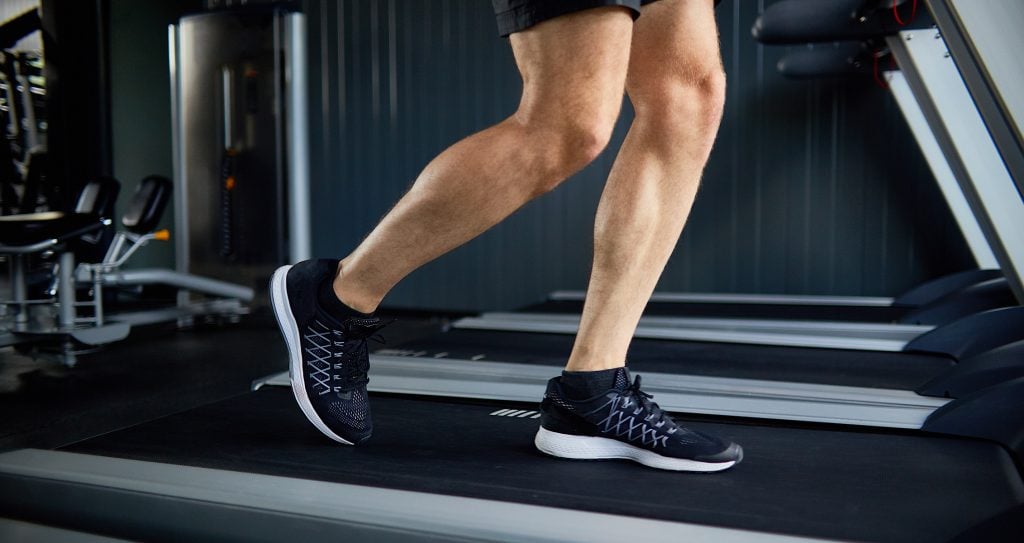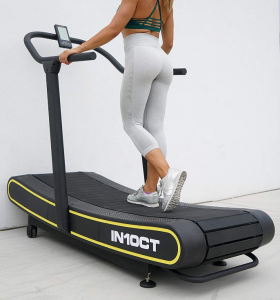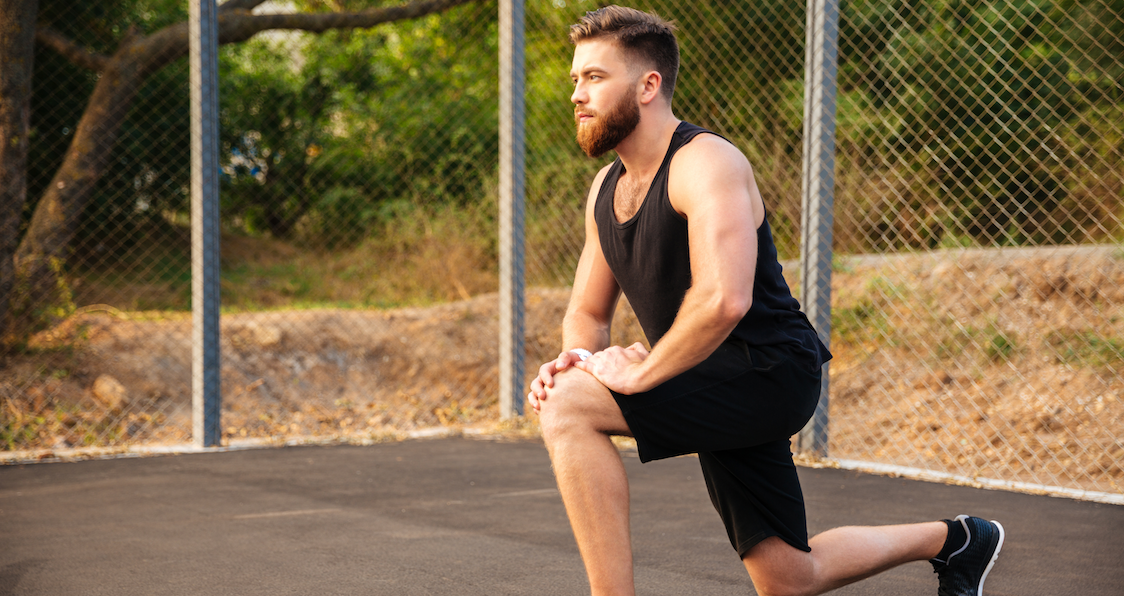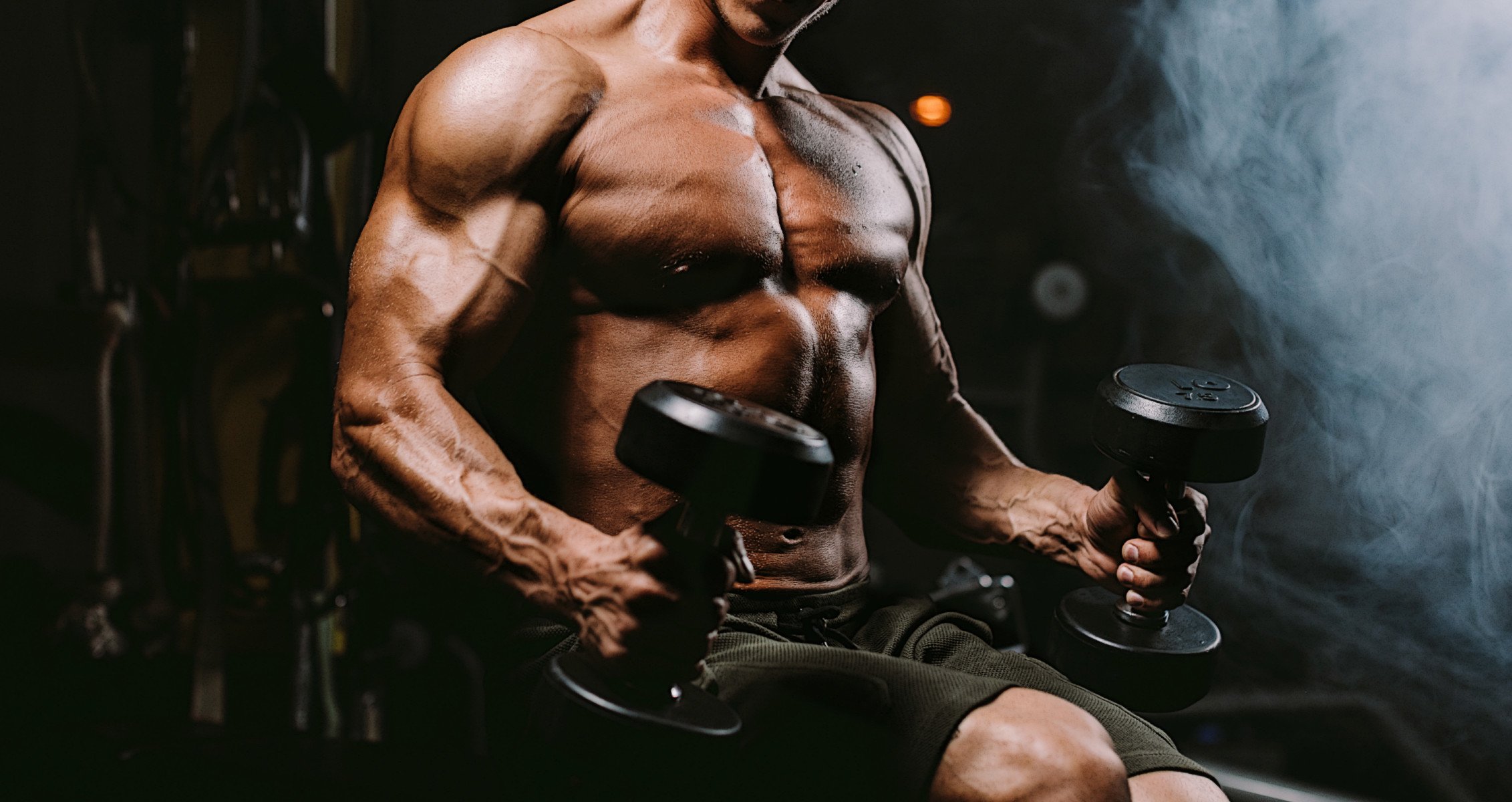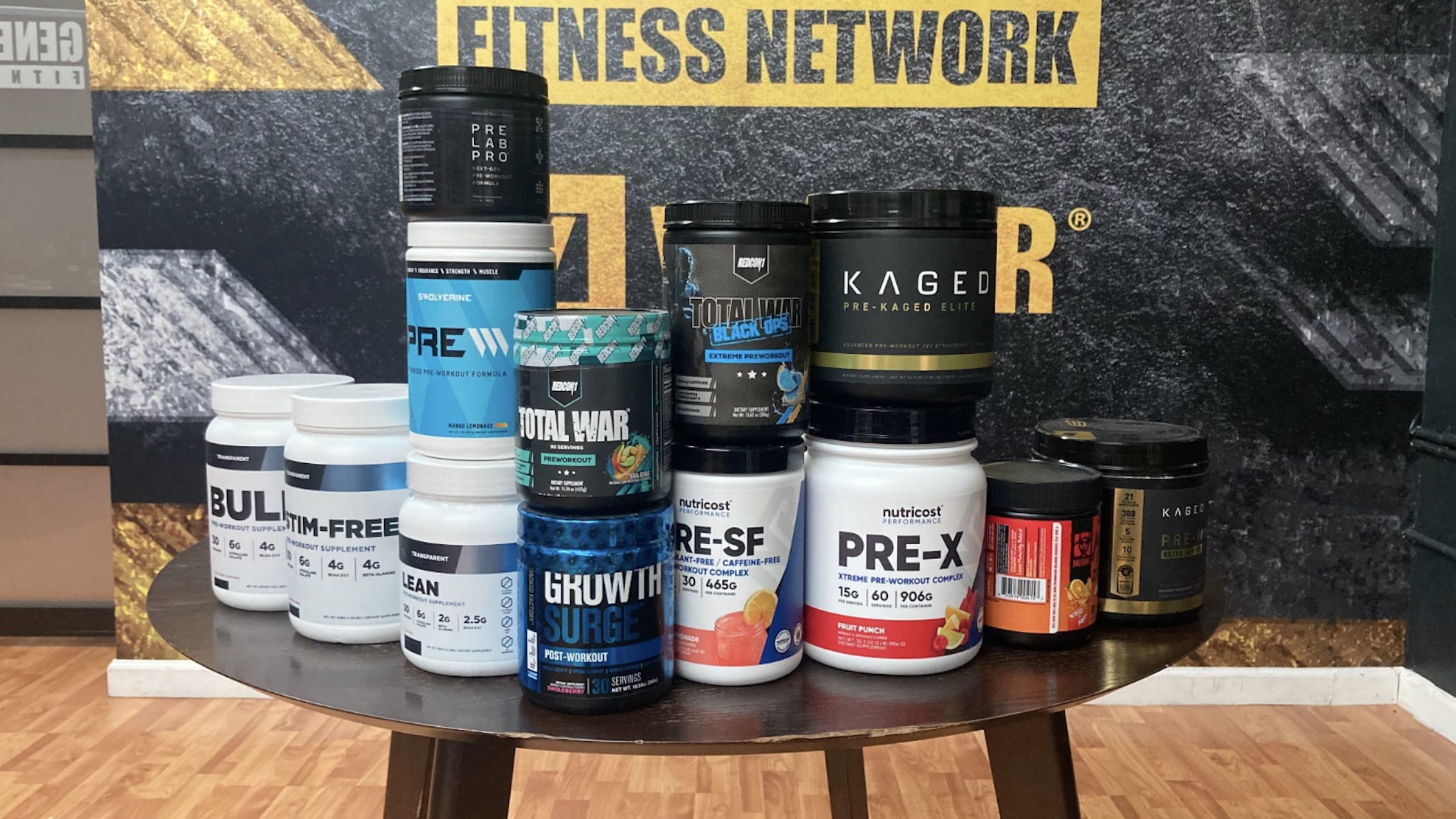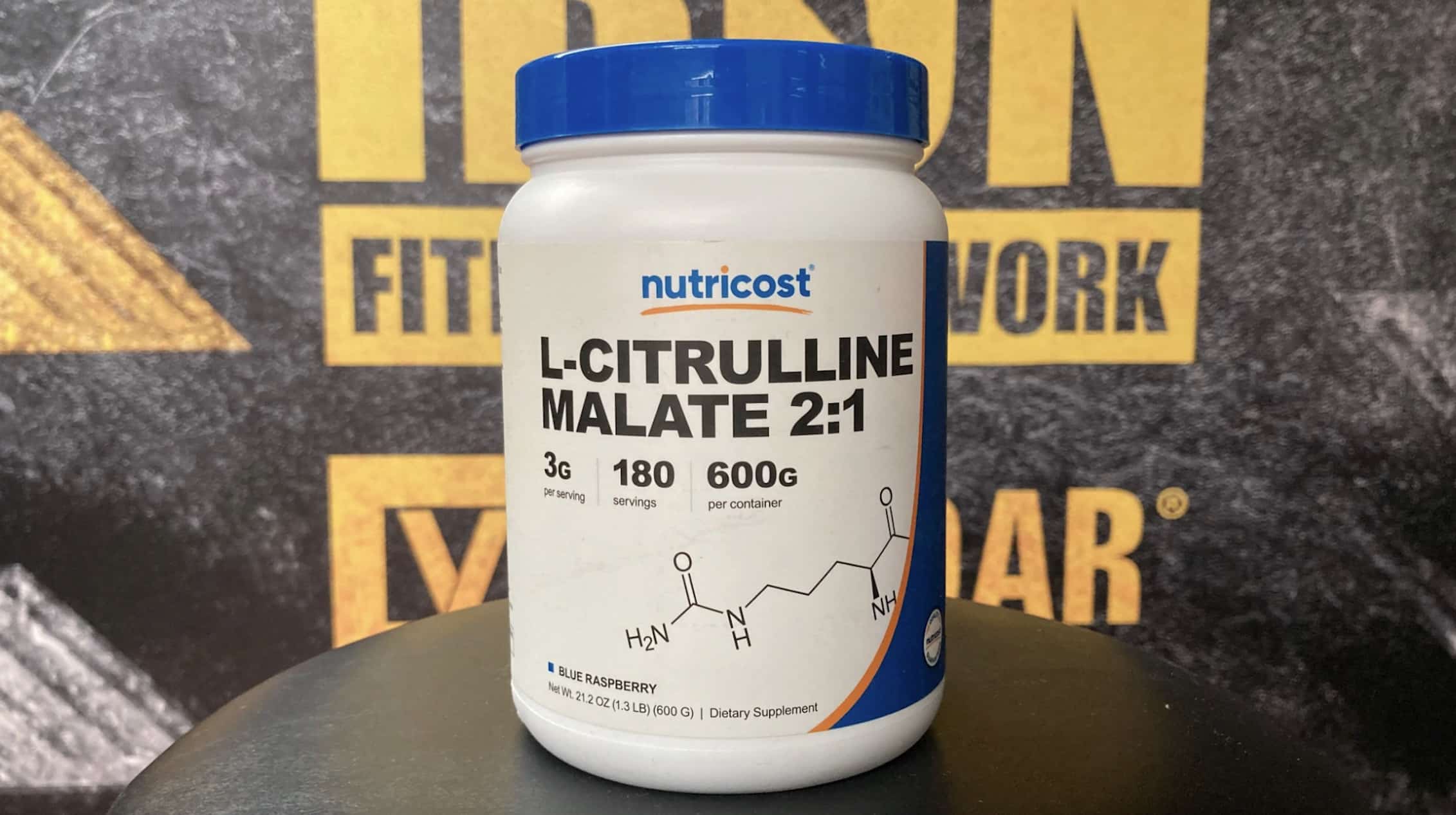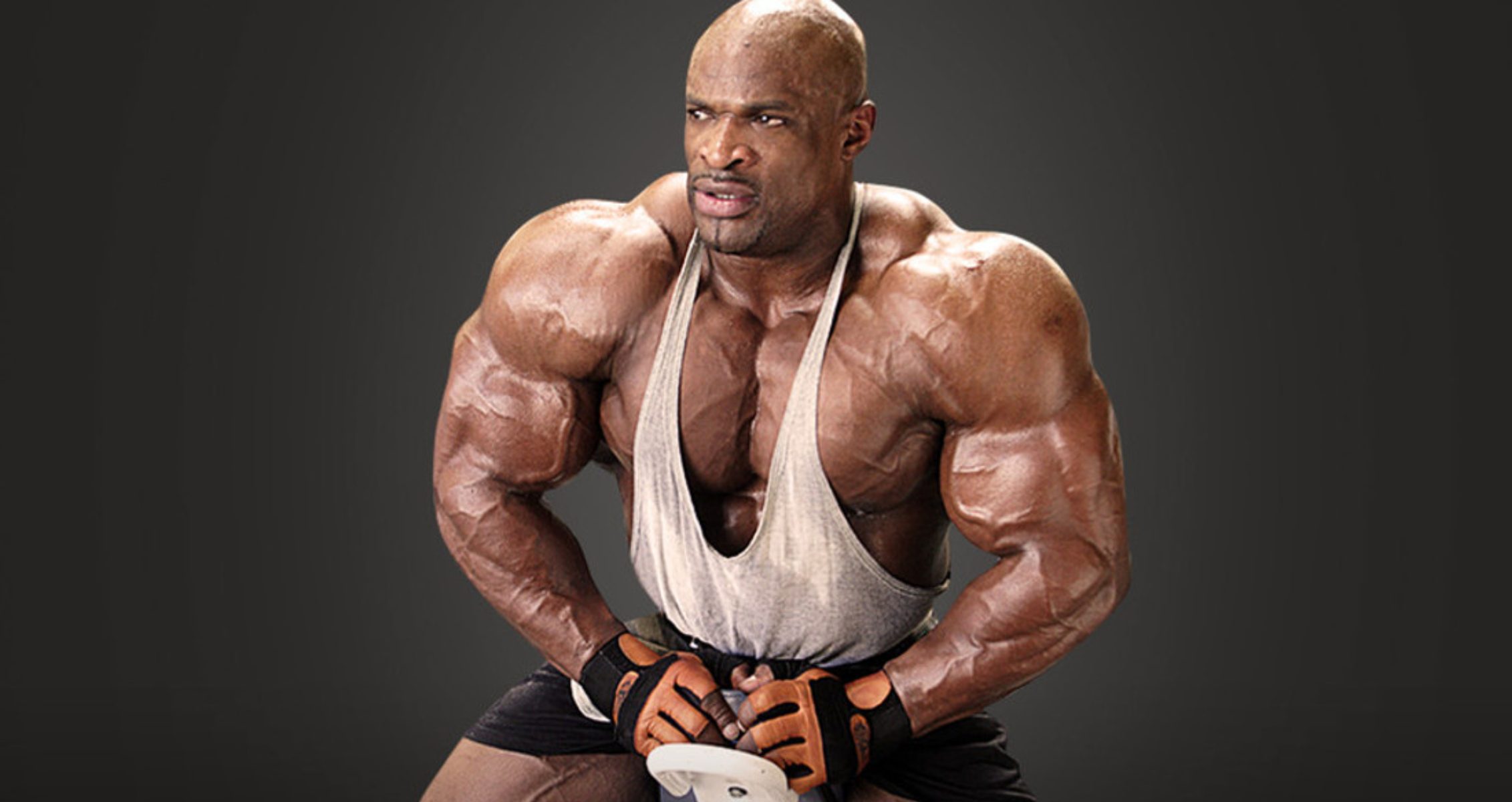The average person takes 2,100-2,500 steps to cover a mile.
Walking is one of the most ancient forms of exercise and is a practical starting point for anyone embarking on a weight loss journey. This is often accompanied by advice to increase one’s daily steps, which inevitably leads to the question: How many steps are in a mile?
Walking’s benefits extend far beyond weight loss. For instance, a gentle walk can be the perfect remedy after an intense lower-body workout. It boosts circulation, decreases inflammation, and facilitates muscle recovery.
Understanding the number of steps you take to cover a mile can significantly enhance your fitness tracking efforts. Studies have demonstrated that monitoring your steps can improve overall fitness levels (1). This article aims to provide an accurate answer to the question of how many steps are in a mile while also offering valuable walking tips for bodybuilders and fitness enthusiasts.
Calculating the Number of Steps per Mile
Stride length, height, and speed play key roles in the number of steps you take in a mile. For example, a tall person would walk slightly fewer steps because their strides are longer. Your gender, fitness level, mobility, and balance also matter. According to this study, the average person walks around 2,100-2,500 steps in a mile (2). However, this table from the same study further breaks it by height and gender.
| Height | Men | Women |
| 5 feet 4 inches | 2,282 | 2,315 |
| 5 feet 6 inches | 2,253 | 2,286 |
| 5 feet 8 inches | 2,225 | 2,258 |
| 5 feet 10 inches | 2,197 | 2,230 |
| 6 feet | 2,169 | 2,202 |
Walking & Running a Mile
According to another research, the average man travels around 2.5 feet with each step (3). Since each mile is 5,280 feet, the average man would hit around 2,100 plus steps for a mile. As you can see, this number is consistent with the averages in the table above.
However, running is different, as people take longer strides when running. One study found that when people run, their stride length increases by 28% of their walking stride (4). That would take the average distance covered per step above to 3.2 feet. Running 5,280 feet (1 mile) at 3.2 feet per step would be around 1,650 steps.
Walking and running are steady-state cardio that improves the oxygen your body uses during exercise (VO2 max). You burn more calories while running than walking. However, some argue that you can walk for longer and that it’s easier to stick to it long-term and get results. The best option for you ultimately depends on your goals.
Benefits of Walking
Walking is an excellent form of active recovery, meaning you can do it to burn calories and elevate your heart rate without impacting your recovery from workouts. Below are more benefits lifters can get from incorporating walking into their routines.
Improved Performance
Walking increases your VO2 max (5). This is the amount of oxygen your body can use during training. As a result, the more you walk, the more you’ll be able to train for longer and harder before feeling wiped out.
Faster Recovery
Walking after a hard training day increases circulation and prevents DOMS (delayed-onset muscle soreness). It also improves blood lactate clearance. These help shorten recovery time, allowing you to hit the gym faster and continue working on your gains.
Lower Cortisol
Combining a hard week of lifting with HIIT can quickly lead to overtraining and stress. Cortisol is a stress hormone the body releases that can slow down your recovery time. Research shows that walking can reduce the cortisol in your system and even reduce how much cortisol you release when stressed (6).
Burn Calories
Walking is a great way to burn extra calories and lose weight during a cutting phase. Since it’s low intensity, it doesn’t impact muscle growth, which is great for a bodybuilder trying to maintain muscle while burning fat.
Low Impact
Walking is an excellent alternative for cardio if your knee is bad or your back is acting up. In fact, walking helps improve those situations. It also doesn’t require learning proper form, and you can do it indoors (on a treadmill) or outdoors, depending on how you feel.
Functional
Functional training is essential for daily life and improves overall health. Walking is a great option for balancing workouts and improving functional fitness.
How Many Steps a Day Is Good?
Initially, research pegged the number at 10,000 steps daily (7). However, recent studies suggest increasing your daily number of steps is your best bet (8). According to that study, walking 2,500 steps daily reduces your chance of a cardiovascular event by 11%. However, hitting 9,000 reduces your chances of dying early by as much as 60%! So, the more daily steps you take, the better for your overall health.
How to Increase Your Number of Steps Daily?
Are you ready to do more walking to solidify your lifting gains and improve your recovery? The following tips will help.
- Track your steps. This study shows that people who track their steps can increase their daily number by as much as 2,500, which is excellent for cardiovascular health and overall performance (1).
- Do it right after lifting. This will improve your recovery and is a great way to wind down.
- Don’t always get on the treadmill. Sometimes, choose a more scenic route. You’ll find yourself walking longer, which will work wonders for your mental health.
- Take a call. Talking on the phone can help you spend more time walking without noticing.
- Make it a fun activity. Go on hikes, join group walks, and make walking a time to bond and have a great time with friends.
FAQs
How many miles are 10,000 steps?
The number of miles you spend on 10,000 steps depends on your stride. The average man takes around 2,112 steps per mile, which makes 10,000 steps around 4.73 miles, or approximately 5 miles.
Will I lose weight if I walk 10,000 steps a day?
Walking 10,000 steps a day should help you lose weight. However, other factors include diet, metabolism, and total energy expenditure. Ultimately, losing weight requires a calorie deficit that doesn’t replace the fat you burn while walking.
How much weight will I lose if I walk 10,000 steps a day?
Walking 10,000 steps a day for seven days can help you lose one pound of fat a week. This is because walking one mile (2,100-2,500 steps) burns 100 calories, and to lose one pound of fat, you need to burn 3,500 calories. Therefore, if you burn about 500 calories daily, walking 10,000 steps, you’d burn 3,500 calories from walking 10k steps a day after seven days (9). However, as we mentioned earlier, watching your diet is vital so you don’t replace this and see results.
Follow Generation Iron on Instagram, Facebook, and Twitter for more fitness tips!
References
- Bassett, D. R., Jr, Toth, L. P., LaMunion, S. R., & Crouter, S. E. (2017). Step Counting: A Review of Measurement Considerations and Health-Related Applications. Sports medicine (Auckland, N.Z.), 47(7), 1303–1315. https://doi.org/10.1007/s40279-016-0663-1
- Hoeger, W. W., Bond, L., Ransdell, L., Shimon, J. M., & Merugu, S. (2008). ONE-MILE STEP COUNT AT WALKING AND RUNNING SPEEDS. ACSMʼs Health & Fitness Journal, 12(1), 14–19. https://doi.org/10.1249/01.fit.0000298459.30006.8d
- MURRAY, M. P., DROUGHT, A. B., & KORY, R. C. (1964). WALKING PATTERNS OF NORMAL MEN. The Journal of bone and joint surgery. American volume, 46, 335–360.
- Cavanagh, P. R., & Kram, R. (1989). Stride length in distance running: velocity, body dimensions, and added mass effects. Medicine and science in sports and exercise, 21(4), 467–479.
- Suter, E., Marti, B., & Gutzwiller, F. (1994). Jogging or walking–comparison of health effects. Annals of epidemiology, 4(5), 375–381. https://doi.org/10.1016/1047-2797(94)90072-8
- Wood, C. J., Clow, A., Hucklebridge, F., Law, R., & Smyth, N. (2018). Physical fitness and prior physical activity are both associated with less cortisol secretion during psychosocial stress. Anxiety, stress, and coping, 31(2), 135–145. https://doi.org/10.1080/10615806.2017.1390083
- Tudor-Locke, C., Craig, C. L., Brown, W. J., Clemes, S. A., De Cocker, K., Giles-Corti, B., Hatano, Y., Inoue, S., Matsudo, S. M., Mutrie, N., Oppert, J. M., Rowe, D. A., Schmidt, M. D., Schofield, G. M., Spence, J. C., Teixeira, P. J., Tully, M. A., & Blair, S. N. (2011). How many steps/day are enough? For adults. The international journal of behavioral nutrition and physical activity, 8, 79. https://doi.org/10.1186/1479-5868-8-79
- Stens, N. A., Bakker, E. A., Mañas, A., Buffart, L. M., Ortega, F. B., Lee, D. C., Thompson, P. D., Thijssen, D. H. J., & Eijsvogels, T. M. H. (2023). Relationship of Daily Step Counts to All-Cause Mortality and Cardiovascular Events. Journal of the American College of Cardiology, 82(15), 1483–1494. https://doi.org/10.1016/j.jacc.2023.07.029
- Jin, X., Carithers, T., & Loftin, M. (2021). Comparison and predicted equation of energy expenditure during walking or running among Caucasians, African Americans and Asians. Sports medicine and health science, 3(3), 171–176. https://doi.org/10.1016/j.smhs.2021.07.001
